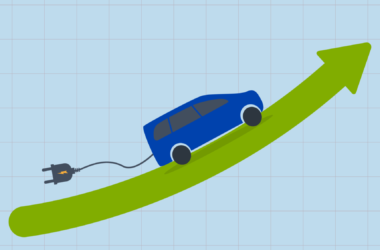Electric vehicle (EV) charging infrastructure is rapidly expanding, bringing about a significant shift in transportation habits. However, for new users, embracing EVs means adapting to new habits easily created with a bit of knowledge and practice.
Understanding Your Vehicle’s EV Charging Needs.
Take a moment to familiarize yourself with your electric vehicle and the charging process. Learning about the charging speeds is crucial to saving you time and headaches. On average, a full charge can take anywhere from 30 minutes to several hours, depending on the charging station's capabilities as well as the rate the vehicle can handle (varies by vehicle type).
In addition to charging station selection, simple rules like ensuring the vehicle is powered off or in park before charging, and making sure the charging plug is securely connected, can prevent common issues that create failed charging sessions.
Building new EV Charging Habits.
To help navigate the EV charging landscape, remember these simple guidelines to keep your EV journey charged up and ready to go:
- If possible, charge overnight
- If you have access to a charger at home, plug in your EV before bedtime, like charging your cell phone overnight. Starting the day with a full charge will minimize range anxiety and will get you where you are going.
- Always top-off
- Topping-off the charge throughout the day will keep you from running out of battery power unexpectedly. Public charging is available in many locations and can be found using apps including ChargeHub and PlugShare.
- Learn the differences between Level 2 and Level 3 chargers
- Level 2 chargers offer moderate charging speeds suitable for overnight charging or longer stops during the day. They are commonly found at homes and public charging stations and have lower charging fees.
- Level 3 chargers are ideal for quick top-ups during road trips or when time is limited. They are also known as DC fast chargers, providing a higher charging speed and a higher charging fee per charge.
- Understand basic charging steps
- Power off the vehicle.
- Ensure the vehicle and plug are connected before pressing the "Begin Charging" button in the app.
- Check that the vehicle does not have a charging schedule set, which could prevent a charging session from starting.
When it comes to reliability and efficiency, EOS Charge Stations stand out. Offering Level 2 charging at a good rate of speed, they provide a reliable option for users looking for a consistent charging experience.
Whether it's learning the benefits of overnight charging, locating the best places for top-off chargers, or understanding the features of your EV, implementing the tips above can save EV drivers time, money and reduce headaches.


